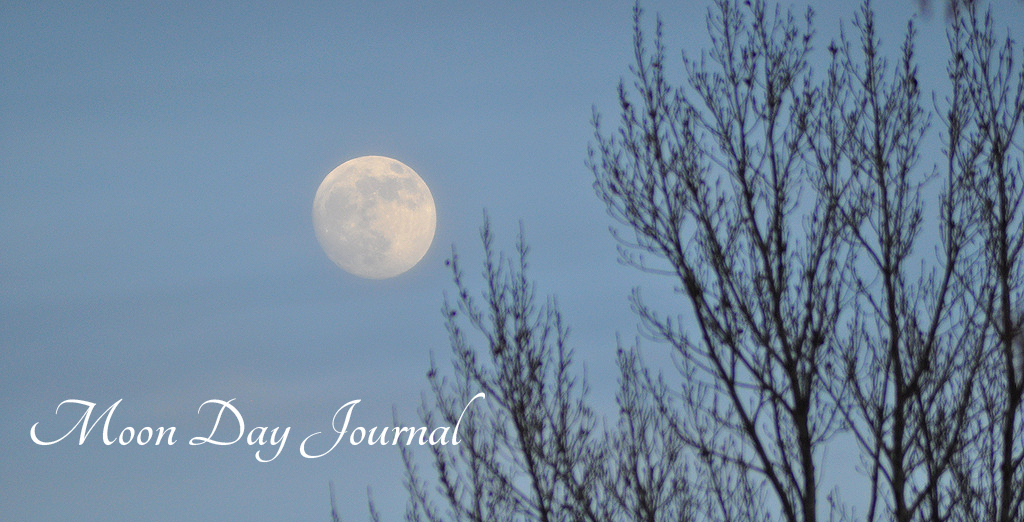Yoga Practice Buddhist Practice
 |
| Photo by Susan Crowder |
Patanjali’s Yoga Sutras, the ancient, foundational yoga practice manual, defines yoga as “the stilling of the changing states of the mind.”* Patanjali’s teachings are primarily focused on meditation, not the physical postures, which are largely a 20th-century innovation. Yet for me the movement – linked in the Ashtanga system to focused breathing and steady gaze (drishti) – has been an essential doorway into mental stillness, which I can achieve much more reliably on my yoga mat than on my meditation cushion. Yoga drew me into spirituality. Now that I am looking to go further in my spiritual life, however, I have found Buddhism more compelling than the Hinduism that underlies Patanjali’s writing.
Recently it hit me that, in my Buddhist practice, I am about where I was with yoga ten years ago. I have had some teaching and read some books. I have been meditating daily for a couple of years yet remain a novice in relation to those states of absorption that are the goal of meditation. In recent months I have been attending weekly meetings and done one weekend retreat with the local branch of the Triratna Buddhist Community. So, I am encountering people who are practicing Buddhists, but I have barely started on the work of understanding the teachings, much less made the commitment to try to live them. I’m in the water up to my knees but have yet to dive in, and it seems I am caught up in wondering where this stream might take me.
In the midst of this wondering, my thoughts often run to my experience with yoga practice. These are comforting thoughts, I think because of the incremental nature of practice. I know that on any one day the gains are likely to be small but so are the risks. No great declaration of faith is required, just a commitment to inquiry renewed on a regular basis. I know there will be challenges for me when I am ready for them, and on the days when the most I can do is show up there will be psychic rewards in that. Looking at it this way both draws me forward and gives me the courage to proceed.
* Edwin F. Bryant, The Yoga Sutras of Patanjali (2009), p. 10. My comment on 20th-century contributions to the physical practice of yoga is based on Mark Singleton, Yoga Body: The Origins of Modern Posture Practice (2010).
